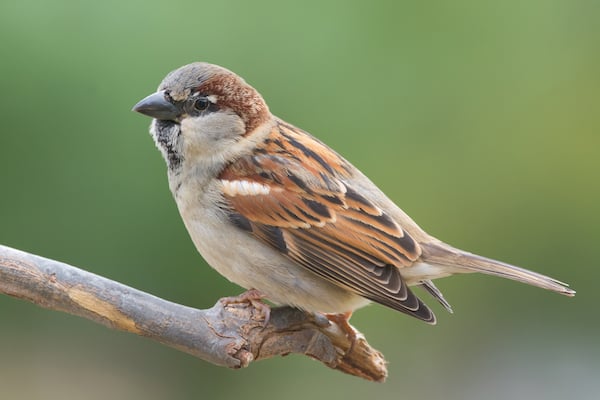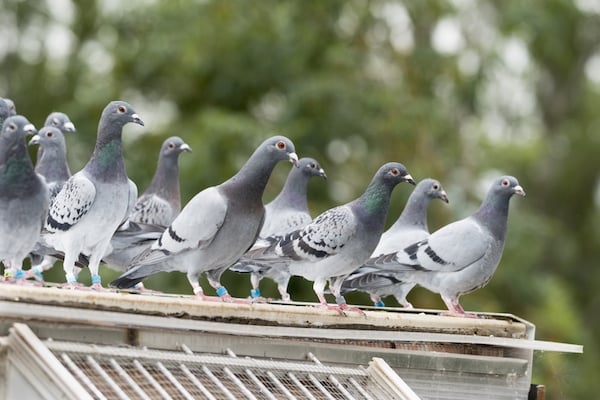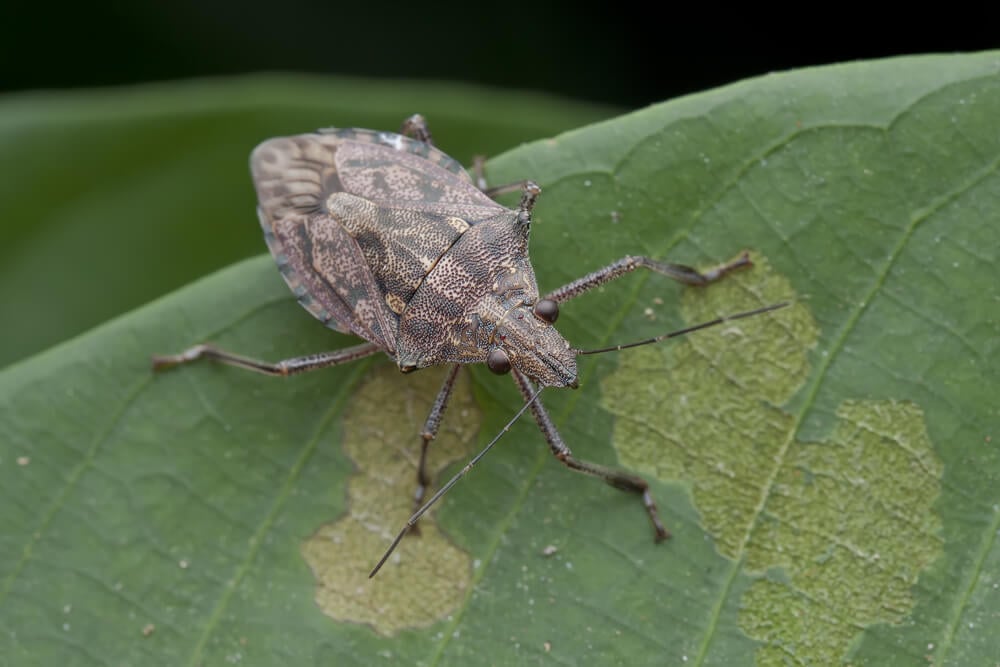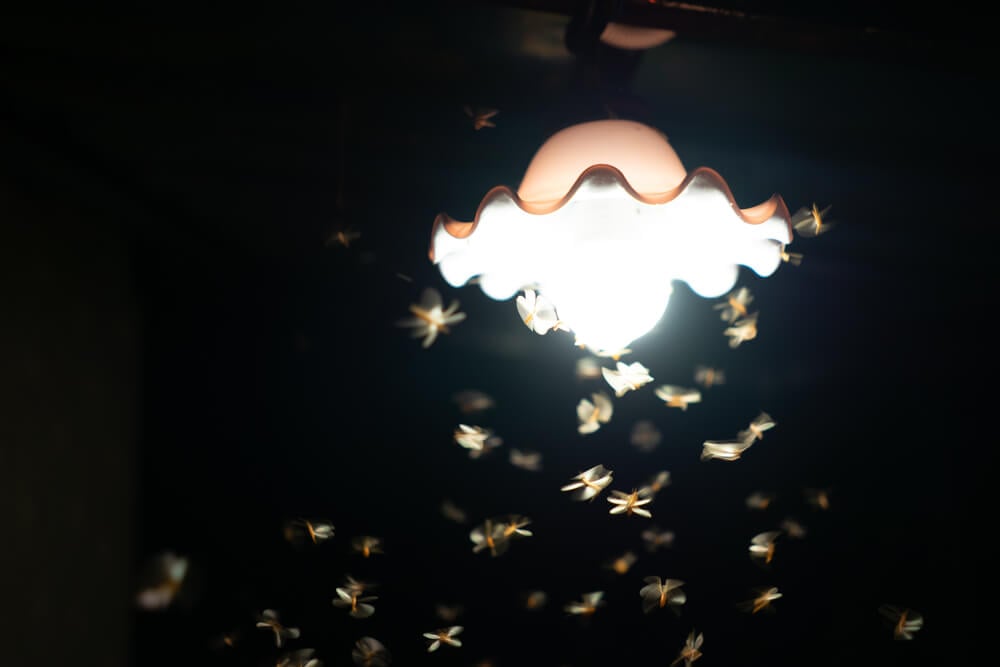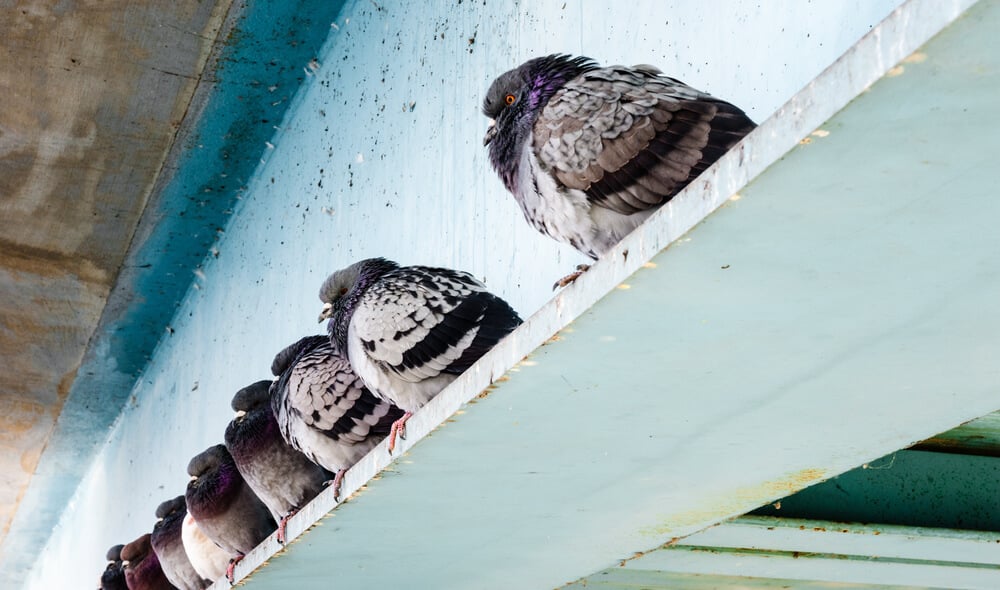
Birds probably aren’t what you would consider “traditional” pests, but if you’ve ever had a colony living on your property, you know how disruptive they can be. Any animal can be a pest if their presence in a certain place causes problems. Birds are pests when they endanger people’s health, cause property damage, and impede normal building functions.
Virtually any bird can become a pest under certain circumstances, but some species tend to annoy us more than others. Here are the four most common trouble-making birds in our Midwestern service area, how to spot them, and what kind of damage they can cause.

